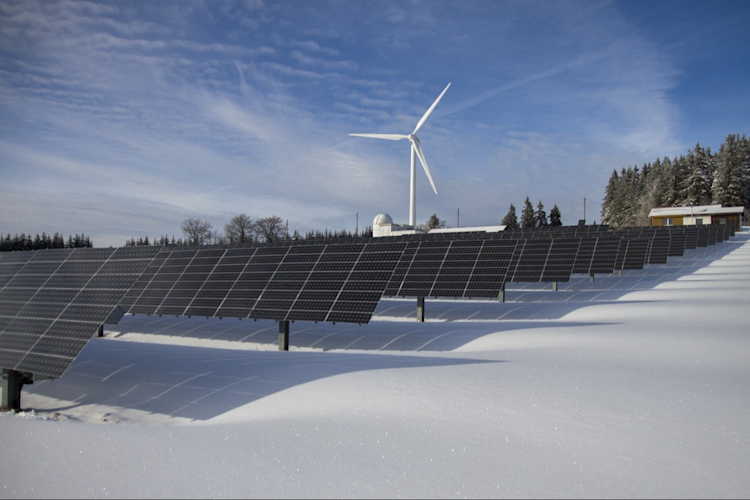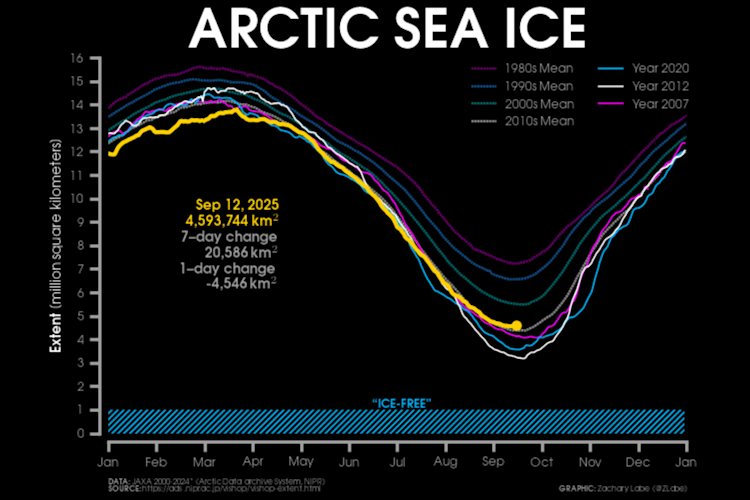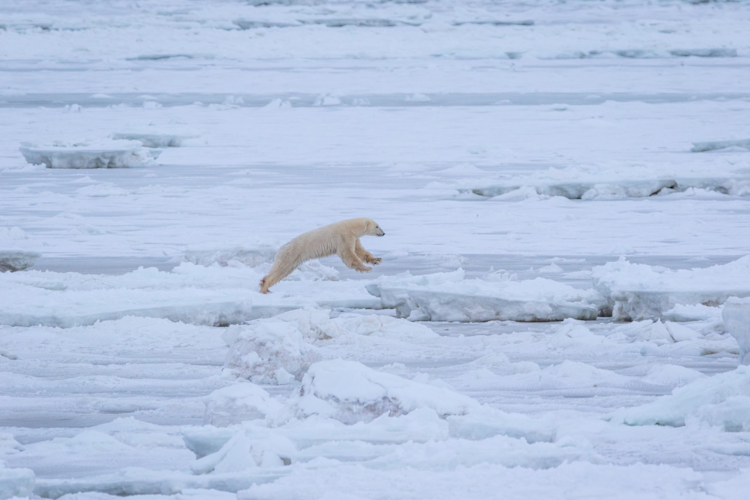Q: Are there any exciting technology developments with respect to emission reductions?
The expansion of renewable energy is very encouraging, led by the falling costs of solar panels but also other technologies such as wind turbines, better batteries, and generally higher energy efficiency in transportation and housing. There is also a lot of hype around technologies that try to capture greenhouse gas emissions, at their source or even after they have been emitted, so-called carbon capture and storage. However, these still have a long way to go.
Q: Often with advances, success isn’t linear but instead has sudden surges. Do you think that’s the case with climate change?
On the side of energy production, that seems like a possibility – just looking at humanity’s history of invention. But it requires favorable conditions for innovation, which rely on the right policy. With climate change, though, we have to remember that it’s really a cumulative problem. Carbon dioxide, the main greenhouse gas we are changing right now, stays in the atmosphere for centuries to millennia, so even if we suddenly stop emitting it, the amount that’s up there will continue to warm the planet for a very long time, locking us into the negative effects of climate change we already see today. But a technological breakthrough would at least prevent us from warming much more.
Q: Given the above, how can your Uncle Joe or your friend Sarah make a difference? What are some efforts that people can support?
There are so many ways to get involved. You can talk about climate change with friends and family. You can vote with the climate in mind. You can support politicians and local initiatives that aim to reduce dependence on fossil fuels and create support for renewables.
We often see that the main obstacle to renewables is that people don’t want them in their backyard, for example an array of solar panels or wind turbines. What they don’t see are the health and wildlife impacts of our existing energy generation. Air pollution from fossil fuels, for example, is responsible for 400,000 deaths per year in the U.S. alone. Renewables can reduce this to zero. This is something tangible that every citizen can benefit from immediately. There’s no need to wait decades to reap the benefits.
Also, new research shows that leading by example — adding solar panels to your home, riding your bike to work, or switching to an electric vehicle — can have a direct and powerful impact on the people around you. One study of solar panels found that a single rooftop installation led to a 50 percent increase in solar projects within a half-mile radius!






















